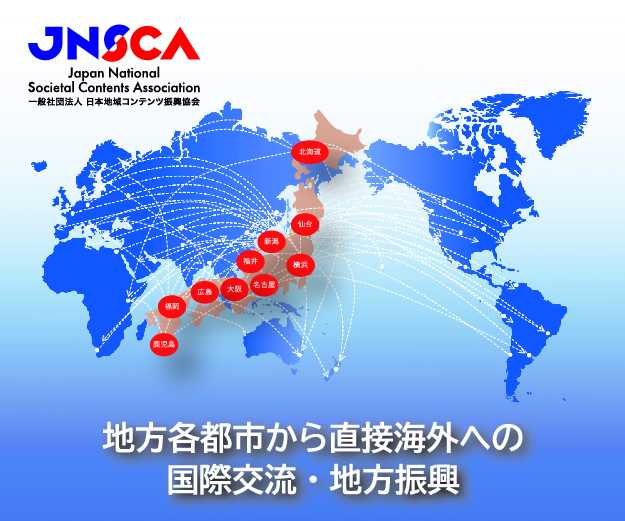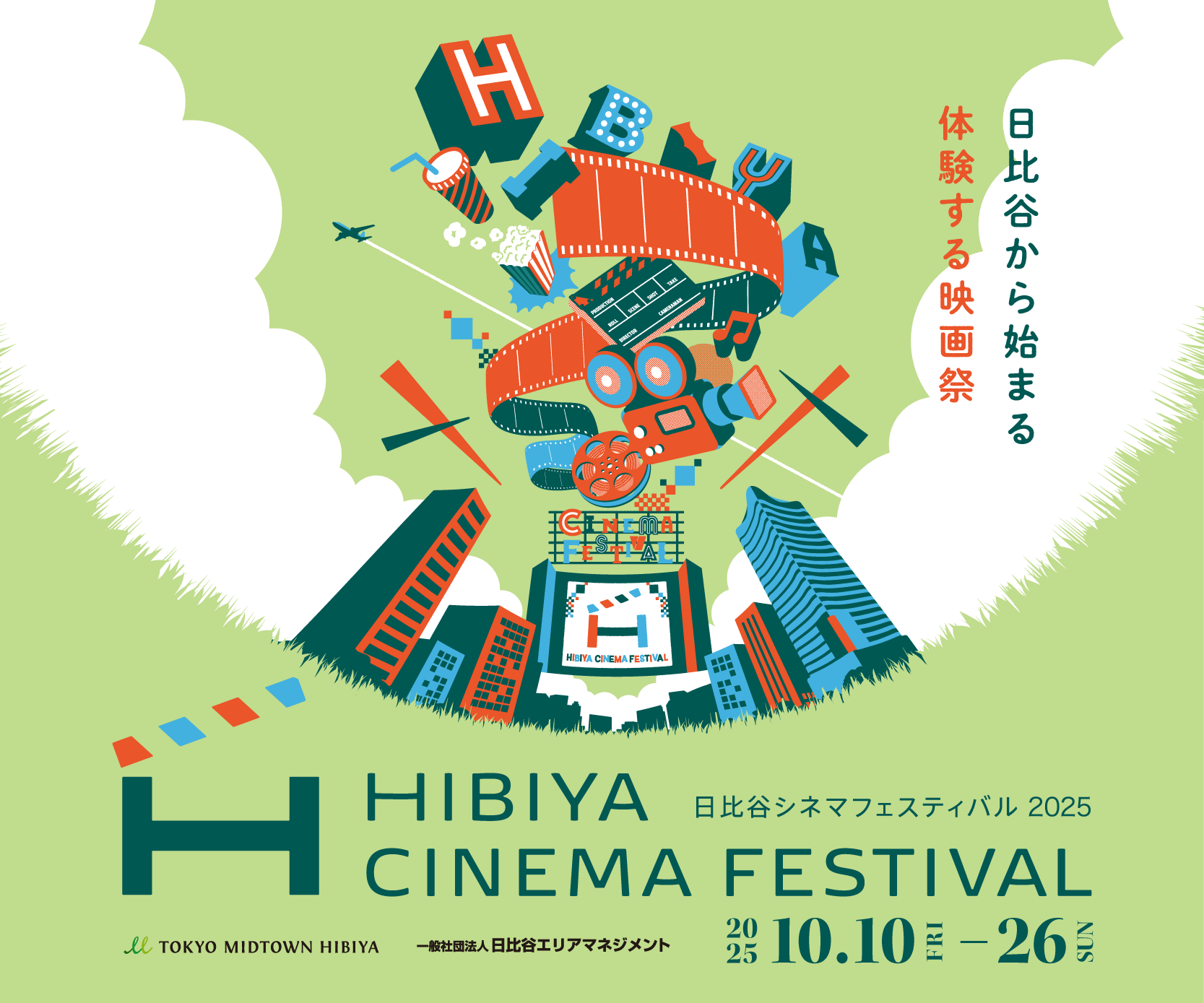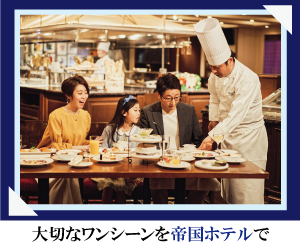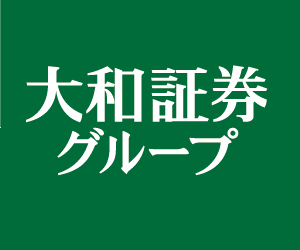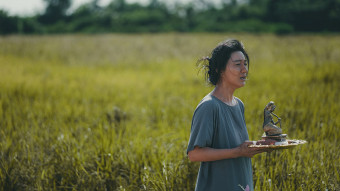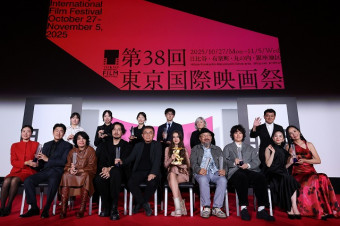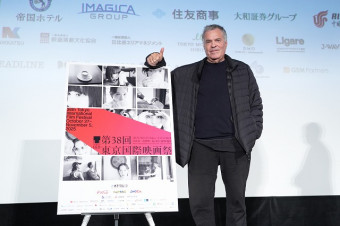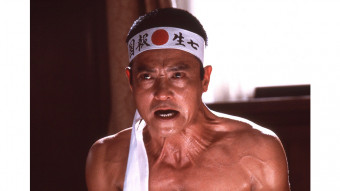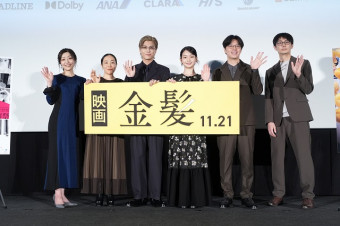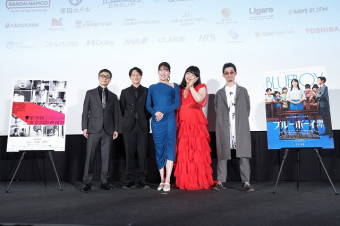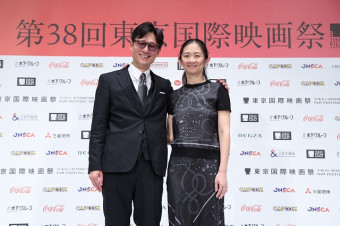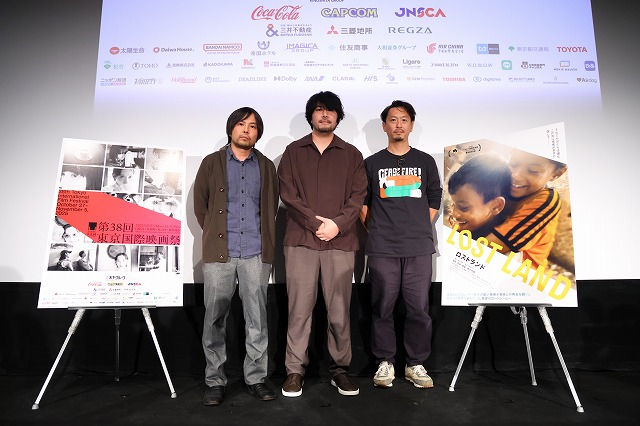
Director Fujimoto Akio, producer Watanabe Kazutaka, and cinematographer Kitagawa Yoshio screened their powerful new docudrama, Lost Land (Harà Watan), at the 38th Tokyo International Film Festival on October 30, before fielding impassioned questions about it from the audience. The world’s first-ever Rohingya-language film, acted entirely by Rohingya people, Lost Land has already earned a Special Jury Prize in the Orizzonti section of the Venice International Film Festival, as well as four more prizes at other festivals.
Echoing the ongoing reality of life for the persecuted Rohingya, the film follows the long and treacherous journey of two young children, 4-year-old Shafi and his 9-year-old sister, Somira. Leaving their refugee camp in Myanmar with others, they travel by foot, boat, motorbike, van, and two-wheeled cart for almost a month, staying hidden, enduring the harshest of conditions, and constant threats, in the hopes of reaching relatives in Malaysia who are awaiting their arrival. As the days wear on and the challenges mount, the two resilient youngsters survive by using their wits, as well as by the unexpected kindness of strangers.
More than 200 Rohingya, none of them trained actors, took part in Lost Land. They told their own stories, lending the narrative a level of authenticity and urgency that could not have been attained any other way. Fujimoto, whose debut, Passage of Life (2017), focused on Myanmarese refugees in Japan and won two awards in the Asian Future section at TIFF, next directed Along the Sea (2020), about illegal Vietnamese workers in Japan. It premiered at the San Sebastián International Film Festival and received the Oshima Prize and the Shindo Kaneto Gold Prize.
TIFF Programming Director Ichiyama Shozo called Lost Land “both a cinematic achievement and a profound cultural statement” in remarks before the Q&A began.
Thanking TIFF for once again showing their work, Watanabe explained that the film had been “our greatest challenge” so far, finally evolving into a sprawling international co-production between Japan, France, Malaysia, and Germany, with a crew representing eight or nine nations. Cinematographer Kitagawa Yoshio, who also shot Evil Does Not Exist, joined the team, combining his uniquely versatile talent with Fujimoto’s singular style.
“I am very happy to finally be able to share this with an audience in Japan,” said Fujimoto, though he lamented that the individuals whose lives formed the basis of the film could not share the moment. “The Rohingya are stateless and thus not able to procure passports and cross borders. Nevertheless, many members of Japan’s Rohingya community turned out to see Lost Land at TIFF.”
Noting that Fujimoto’s works “are so realistic they could be mistaken for documentaries,” a viewer asked, “How much did the two children understand the script, and to what extent was their dialogue spontaneous vs. scripted?”
Fujimoto explained that since written communication was difficult, the script was communicated to the Rohingya cast “orally”. We explained what kind of film it was and what the story was about during the casting phase, and only those who agreed to it and were okay with showing their faces appeared in the film. The children rehearsed the essential lines—the ones that couldn’t be omitted structurally, such as Shafi’s story about the mango tree in the closing moments—quite a bit. But much of their performance was improvised.”
The children, who are also siblings in real life, quickly developed an instinctive rapport with the camera. Watanabe explained, “Before production began, the director and I entered their community to conduct interviews, which we then used to write the script. At that point, I felt the children understood the camera remarkably well, even by the second day of shooting.”
He recalled a remarkable moment when Shafi’s sister demonstrated her ownership of the role by stopping a take and declaring, “I don’t like how I just delivered that line.” Kitagawa confirmed this on-set evolution, admitting the crew often struggled to keep up with the children’s growing talent. “Given the widespread use of smartphones,” he said, “I did assume they had some camera literacy—an understanding of what kind of system or machine a camera is. However, I hadn’t been to that community for the pre-production or script phase, so there were many things that happened that were unexpected.”
The cinematographer also detailed his approach to the film’s intimate, handheld visual style, explaining that camera positions were often determined spontaneously on location. Fujimoto praised Kitagawa’s ability to maintain a precise distance, one that found an equilibrium between personal affection for the subject and the goal of cinematic discovery, carefully avoiding the feeling of ”crossing a line.”
Inevitably, the conversation turned to the weighty subject matter. When asked about his “resolve” to tackle the taboo Rohingya issue, Fujimoto stressed that the greatest risk was borne by the Rohingya who chose to appear on screen, calling their “resolve to participate” a profound act, and expressing his enduring gratitude.
Q&A Session: Nippon Cinema Now
Lost Land
Guests: Fujimoto Akio (Director), Watanabe Kazutaka (Producer), Kitagawa Yoshio (Director of Photography)













